Texas’ Secret 119-Year-Old Art Lodge
Restored Historic Building Serves as a Hidden Away Artist Incubator — Welcome to the New Marfa?
BY Catherine D. Anspon // 07.06.17The Italianate-revival former Odd Fellows Lodge, now 100 West, that was the scene of Houston artist Bradley Kerl's 2017 residency — a pivotal moment in his career. (Photo by Rachael Wise)
Fifty-five miles south of Dallas — in a former oil-boom town known today for its global fruitcake empire — a promising art and preservation story is unfolding. Add in a dose of community, a committed band of visual and literary creatives, and a monastic aesthetic reminiscent of Donald Judd’s vision in Marfa, and voilà — you have 100 West, International Residency for Artists and Writers in Corsicana, Texas.
Monikered after its street address, 100 West 3rd Avenue, 100 West (100W, to those involved) is in the middle of a still prosperous, quaint main-street area of Corsicana, the capital of Navarro County. The handsome restored county courthouse with cupola punctuates the skyline a few blocks away, surrounded by the downtown drag for this town whose population edges toward 24,000. Large enough to be stimulating for transplants, and at an ideal distance to provide a mental break for those decamping from Dallas for the weekend or longer, Corsicana is poised for discovery by the creative class.
But like every moment when a community revives, a catalyst is required. In this case, that spark arrived five years ago in the form of one individual — a committed millennial artist and furniture maker, 28-year-old Kyle Hobratschk, armed with an Southern Methodist University BFA and an unselfish desire to share his find with fellow classmates and other artistic types. But there’s also the matter of a unique, beautiful old building — the muse to this young man — which he imagined as an environment that would bring artists together and foster creativity.
The crux of this artists-and-writers residency revolves around its home: an Italianate-revival 1898 brick edifice, with 11,000 square feet of nearly wide-open space, evenly distributed throughout three high ceilinged floors. Despite more than a century of mixed use, from a butcher to a pool hall, the late-Victorian structure is still most identified with its original purpose.
It was built by and for IOOF: International Order of Odd Fellows, one of America’s 19th-century societies that still lingers. Back in the day, members enacted scenes from the Bible during ritualistic meetings while doing good works for widows and children. In Corsicana, the Odd Fellows’ role loomed large — running the state’s biggest orphanage, which operated for more than a century, 1886 until 1991. After closing and subsequently being razed, its land was donated to the City of Corsicana for a park and soccer field.
100 West’s keystone still bears the letters IOOF carved in stone, while its interior woodwork features three intertwined circles above the doorways, signifying the Odd Fellows’ creed: Friendship, Love, and Truth.
David Searcy is a Dallas- and now Corsicana-based writer whose new book of short essays, Shame and Wonder, was recently published by Random House. He and his artist wife, Nancy Rebal, are among five active members of the 100W Collective who propel its vision forward in both conceptual and practical ways; the other three are also practicing artists, including Kyle Hobratschk.
“What makes 100W unique is Kyle,” Searcy says. The Collective seamlessly runs 100 West in an egalitarian, drama-free manner. Rebal and Searcy are key players — it was actually Rebal who took an SMU workshop from Hobratschk and alerted him to the building. Its previous owner, the late artist Doug MacWithey, passed away suddenly from a heart ailment in 2010, and two years later, his behemoth of a lodge was still without a buyer.
Hobratschk — a printmaker whose intricate, brooding etchings, are redolent of Edward Hopper, as well as an artisan furniture maker — was hooked. His gift, in addition to hard work, almost indefatigable energy, and buoyant tenacity, was to invite a band of cohorts in. Soon he and co-founder Travis LeMothe were driving back and forth to Corsicana, returning late on weekends to Dallas bone tired, with sawdust and building debris covering their clothes, but with a growing sense of possibilities.
“Early on, the building sort of sucked me in,” says LeMothe.
Helping Kyle with demolition, construction, and overall prioritizing was a very different time than now. The kitchen was functional but not furnished. There was nowhere to sit. The only attractions were labor. Navigating the space was very different — we were constantly lugging things up and down stairs. I had convinced myself that Corsicana had the best food I’d ever tasted because we were always starving when we broke for lunch.”
Flash forward, and in late April, en route to Dallas Arts Month, I made a memorable hour stop-off, where I briefly met Hobratschk and Pinto Bean, his rescue Chihuahua mix, before the duo dashed off to a dinner in Dallas. Lingering on, I toured the town’s art space across the street, which is run by Rebal and Searcy. They not only leased space and resided on the third floor of the building in the early years, but now own an impromptu gallery, Rebal/Searcy Studio. The gallery is housed in a former grocery store built in 1924 by local mogul L.T. Davis, the founder of Wolf Chili, which had its beginnings in Corsicana, and was named for Davis’ pet wolf (as relayed in the town guide book).
The day of our visit, the gallery and 100 West’s first-floor space shared an exhibition of one of Searcy’s discoveries: self-taught artist Wayne Hall, who is an assured master of assemblage. Meeting Hall, who also serves as a church deacon in a nearby town, was a highlight memorialized by acquiring one of his sculptures for my personal collection. This spring, Rebal and Searcy closed on a historic home, an 1866 Victorian two blocks from Kyle’s guest house/residence, contributing yet two other voices to the artistic and literary renaissance of this Texas town.
“What is really special about 100W is that its very existence, and its tremendous flowering, have been an absolute total surprise,” Rebal says.
“It’s as if this idea wants to happen and is simply pulling us along. I told Kyle about a building for sale, he bought it, and we rented studio space. And then it went boom. How about an Artists’ Collective? Great. How about an artist/writer residency? Great. Why don’t we buy some historic old houses here… and another studio. Well why not? And life has never felt so good. Hooking up with Kyle’s enthusiastic vision and ability is the best thing that ever happened,” Rebal says.
“There are so many special memories at 100W. Painting in the glorious light-filled studio; drinking wine on the roof as David reads to a group by flashlight; fabulous dinners with everything mindful, authentic, and as hand-made as possible. And now a constant stream of the most creative souls on the planet working with us and becoming important friends. This is not the rat race.”
Late one night, Hobratschk revealed, “If I’d known what was involved, I might not have done it.” It was the following month, during my second visit to 100 West, and the first to break bread and stay overnight. After a tamale communal dinner finished off by homemade lemon-icebox pie, and overseen by Collective artist Adrienne Lichliter (whose day job is coordinating education at the Crow Collection), we were back at the guest house, a classic, front-porch Victorian, painted white, circa 1888.
Hobratschk and his retired architect mom who owns it, Celeste Hobratschk, restored the home a couple years after he purchased the lodge. It functions as a bed and breakfast of sorts, a charming spillover for resident artists’ friends and families, and cultural pilgrims like myself. We sipped cinnamon tea and looked at one of my host’s sculptures in the entrance. He had made the silicon mold for this sculpture from the hole where 100 West’s original support columns once stood, an impression taken when they were removed to be replaced with new beams good for the next 100 years. Hobratschk says that if repairs hadn’t been undertaken in 2012 — replacing a badly leaking roof and crumbling columns that no longer touched the floor, just dangled from the ceiling — the building might have had five or six years at the most before being beyond salvation.
But he did come along, this pied piper of ideas and fortitude.
Nearly 50 artists and writers have passed through the doors as residents at 100W. One of the first was Anna Membrino, a Dallas artist and SMU alum.
“I remember the night Kyle first mentioned the residency to a group of us from SMU,” Membrino says. “We were all having dinner at his house, and he said that he had heard about this beautiful 100-year-old building an hour away from Dallas. He painted a picture of a series of studios in the building, maybe an artist’s residency. Would we come?
“ ‘Yes, we would,’ we said. We saw the photos and fell in love. It sounded like a dream, and then Kyle actually made it happen. I still can’t believe it. I try to help out a bit when I can by cooking dinners for the residents and that sort of thing. The interesting part is that this artistic environment is so compelling that the collaboration has reached outside of the building.
“Now a community of artists is relocating to be near the building and this very special residency. It feels like a privilege to be connected to such an amazing endeavor.”
Next step, a nonprofit. But like everything else at 100 West, it will be grown in time, and in an intrinsic, organic way. In fact, a neighbor had just left a note on Hobratschk’s front door. The note writer, a distinguished gentleman, has extensive experience organizing 501c3s, and was offering to assist — for free. He and Hobratschk have already met, and the conversation has begun. In Corsicana it seems, the answers may be found in your own backyard — and the kindness of strangers is accepted with grace — another lesson learned from 100 West.
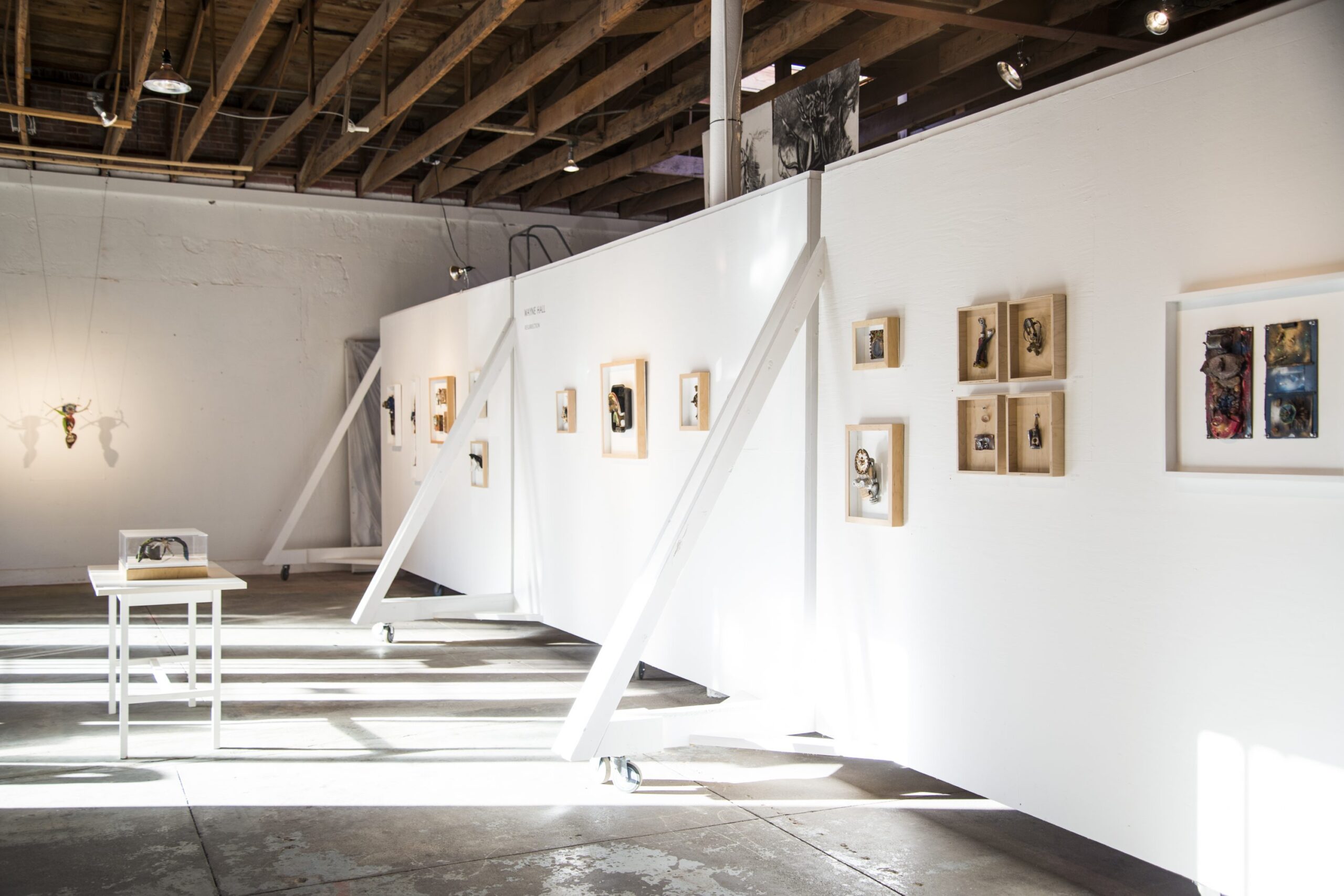
Now here are some words from those that know 100 West best:
Kyle Hobratschk, Corsicana and Dallas, artist, furniture maker, owner and co-founder:
The best compliment comes when a resident follows up their stay a week or so later with a call or email, asking what next year’s calendar looks like, because he or she’s already preparing the next iteration of work in Corsicana.
The prospect of running this residency program as a not-for-profit entity amps up the realization for a slew of plans we’ve been churning. It will allow us to make the 100 West experience available to a broader audience through increased programming on both regional and local community scales, and in schools. It will increase funding to assist our residents’ travel, material stipends, and facility offerings, stripping away some of the barriers present between deserving applicants and the works they envision. Our eyes are set on publishing a biannual catalogue of the works generated from this residency, written and visual, the processes behind them, the ways they blend, and the varied approaches to everyday tasks from kitchen to rooftop, all framed within this bizarre building.
Anna Membrino, Dallas, artist in residence:
I see it becoming a well-known and very well respected artist residency. I don’t see it scaling up into something larger because the magic of this residency is the building and Kyle has already found just the right number if people to occupy the space comfortably.
Nancy Rebal, Corsicana and Dallas, artist, co-founder and Collective member:
Dusk is most palpable. Standing on the roof, you can feel the prairie winds, watch the distant movements of weather, and witness the world rolling the birds into their evening ritual. The night rises, and it’s hard to remember anything to worry about.
Travis LaMothe, Dallas, artist, co-founder and Collective member :
There’s a mystique about an old Texas town, and I think some of it is forced. We see it a lot in applications — people assuming what the culture must be like without ever having been to Texas — which is mostly harmless. I’ve seen a lot of people make a lot of local friends quickly. And I’ve seen a lot of painters’ color palettes adjust to the environment. The combined result is some kind of softness, which I guess is normal when you’re living in a building that can be a bit solemn and slow.
I used to think one thing that was really standout was the mix of public and private space. The scale of the rooms sits between what we know as domestic and industrial, and I think their size and layout takes some getting used to. I think in the future, aspects of this might change. It will be interesting to see how we keep true to the long history of the 100W architecture if the space changes down the road.
Adrienne Lichliter, Dallas, artist, co-founder and Collective member:
Despite the sort of magic that comes from making art in the building, my fondest memories come from sharing time with the people who dwell there. In particular, there was a resident named Ed [Eva] from Cornwall, England, with whom I saw Texas through with new eyes. During Derrick Days, a spring festival dedicated to the glory days of Corsicana oil, we went to a rodeo, judged a biscuit contest, posed with longhorns and cowboy hats, and played a competitive beer pong game with the locals. He was thrilled for all of it, and it rubbed off on me. Corsicana, Texas, always finds its way into the residents’ work through their experiences. The slippage is wonderful to watch, especially when the experiences were something I was able to take part in.
100 West is special in its patience. It hasn’t forced itself in the spotlight, but rather has been growing into it. I think that ability to “wait and see” maintains its intimate and unassuming qualities. When you walk in the doors it can be spellbinding, but quietly so, without demanding. Art needs this approach. We can’t always be knocked out. I think the residents who are coming here are looking for that pace of making and being.
Lily Cox-Richard, Houston (relocating to Virginia), artist in residence:
While in residence at 100W, I watched the sun rise and set each day on this little Texas town, and thought about resources, landscape, and how history accrues in places and materials.
I also continued work on my sculptural series “Old Copper Futures.” I visited Mr. Jackson at R & S Recycling each week, where he and his crew set aside a growing pile of #2 scrap copper. On the next-to-last day of my residency, I bought 800 pounds of the scrap copper, and Mike and Terry Jackson crushed it into tight bale. In a few months, I will return to Corsicana to incorporate the copper form into a sculpture.
Nicolás González, Dallas, artist in residence:
What stood out the most for me was when I first walked into my studio/sleeping area. I asked Kyle, “Is this whole space my studio?!” And he said, “Yes.” I’ve never had a space of my own where I could sleep and produce work. I’ve always been confined into small spaces through my career as an artist. I believe 100W’s vision is unique because it gives an artist or writer space to produce work within a small historic town out in the country. It’s quieter and more peaceful than the fast-paced city life. It gives you the opportunity to let go of all distractions, clutter, and noise, allowing you to think.
Will Arbery, Brooklyn, writer in residence:
I worked on three different plays of mine: Heroes of the Fourth Turning, about a group of young conservatives in Wyoming; Plano, about having a ghost of yourself while you’re still alive; and Evanston Salt Costs Climbing, about small-town public works administration, and climate change.
For me, the memory that stands out most is this. The other night, I was writing late in my studio, and an enormous storm rolled through Corsicana. My window is big, and it was like I had my own nature movie playing in front of me — the lightning pulsing through the sky for hours. It was great. Also, my sister [artist Lucia Simek] who lives in Dallas was able to come down and visit twice. She brought her son, my nephew, and it was great showing him around the building and hearing his awe and wonder at this strange magical place.
It’s always great to have time and space to write, but I’ve never had a space quite like 100W. At night, the blue light reading GRACE from a church down the street, framed in the window, or the street light (red to green to yellow) lighting up the second floor studio. The space is unforgettable — the air has a thick history to it. It’s also great to be in a town like Corsicana, which has a strange and wonderful character. Other residencies take you out of the world, but this residency drops you into a world. I don’t think I’ll ever forget the feeling of being in this building.
David Searcy, Corsicana and Dallas, writer, co-founder and Collective member:
A number of years ago when Nancy and I were installed on the third floor of the residency, I witnessed, through binoculars, from one of those great arched windows, the solar/atmospheric phenomenon called the “green flash.” I’d seen it only once before — in Hawaii as the sun rose over a clear Pacific horizon: brief but brilliant gleam of emerald green at the red disc’s first appearance. What a curious thing — and only fairly recently explained. The sort of glimpse into the counterintuitive workings of the world you only get in very special circumstances. So, how wonderful, it seemed to me, that morning as the sun peeked over a patch of open pasture out there somewhere between that silo and that derrick down on Seventh. “Look at that,” I called to Nancy, though she couldn’t. So I drew it on the blackboard. Confirmation of what I’d begun to suspect — that these are very special circumstances.
Bradley Kerl, Houston, artist in residence:
My time in residence at 100W Corsicana gave me an entire month to myself to reengage and jump-start my studio practice after I took off most of 2016 to help raise my son. I also used the opportunity to work through a stockpile of imagery I had saved for a rainy day. It just so happened that my “rainy day” was actually a cold north Texas January spent inside a beautiful building among an inspiring group of people.
After the residency, I set up my garage studio and living/dining room to display all the work (22 paintings!) for studio visits with friends, colleagues, curators, etc. Those visits lead directly to Dennis Nance inviting me to do a solo show at the Galveston Arts Center opening August 26, 2017. I’m downstairs in the main gallery, and Chris Cascio and Angel Oloshove will be upstairs. It’s a great group of Houston artists and I’m so excited!
Through the residency, Kyle and I conceived of a printmaking pen-pal project we have been working on since January. He prepared nine copper plates for me and shipped them down to Houston for the drawing phase. I have since completed all nine plates and shipped them back to Dallas. Soon, I expect to receive test prints from Kyle, which I will approve or make edits to. In the end, we’ll end up with editions of nine etchings, which will be exhibited for the first time at the GAC show.
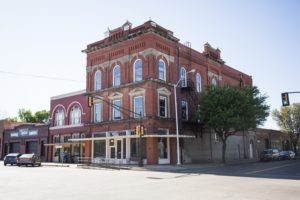



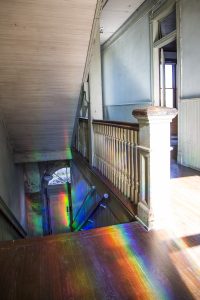

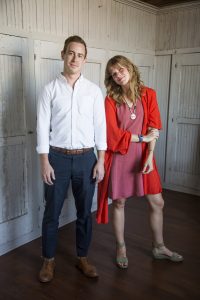
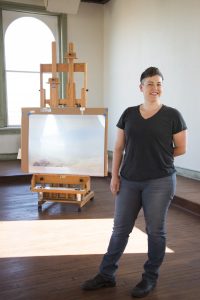

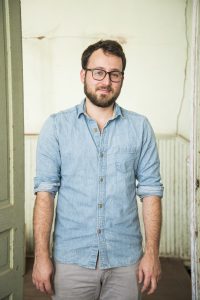
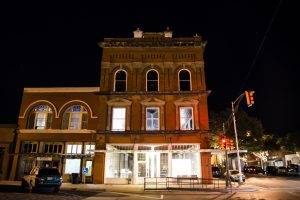
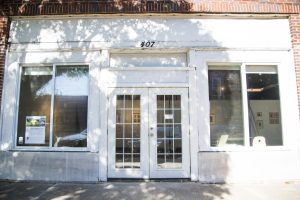

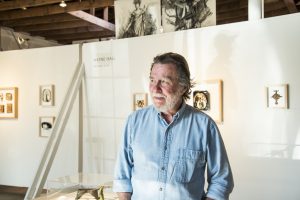
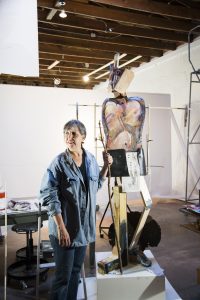
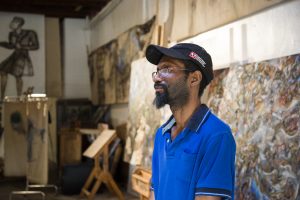
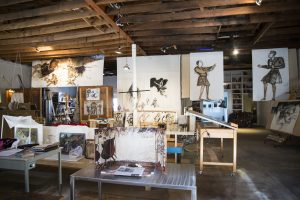


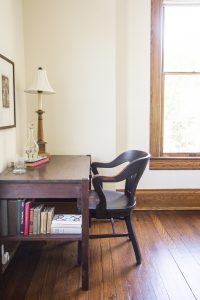
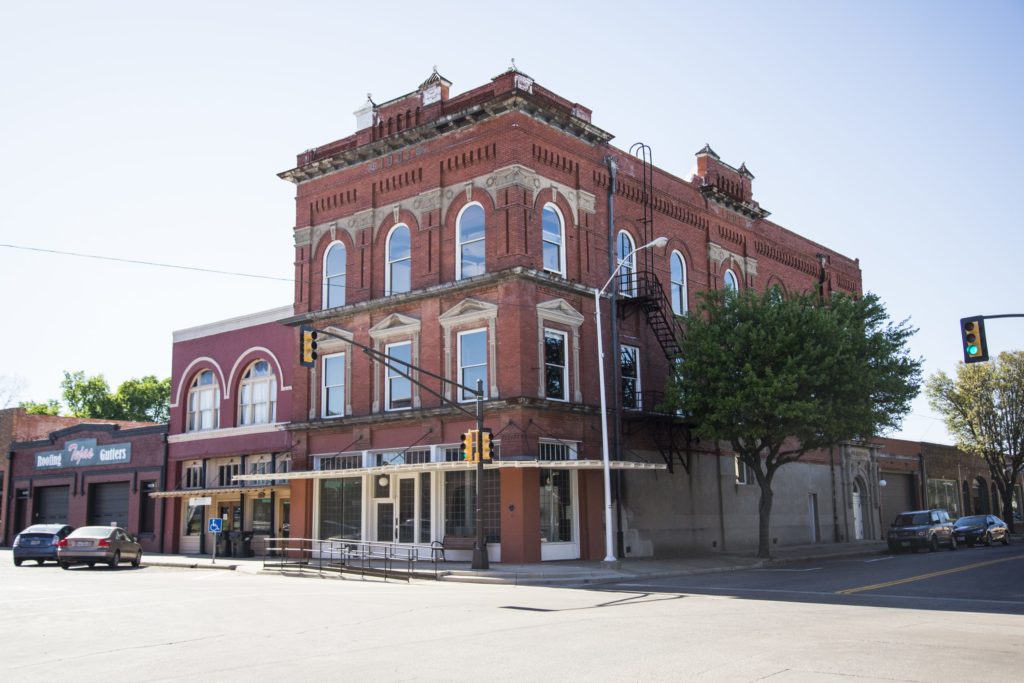
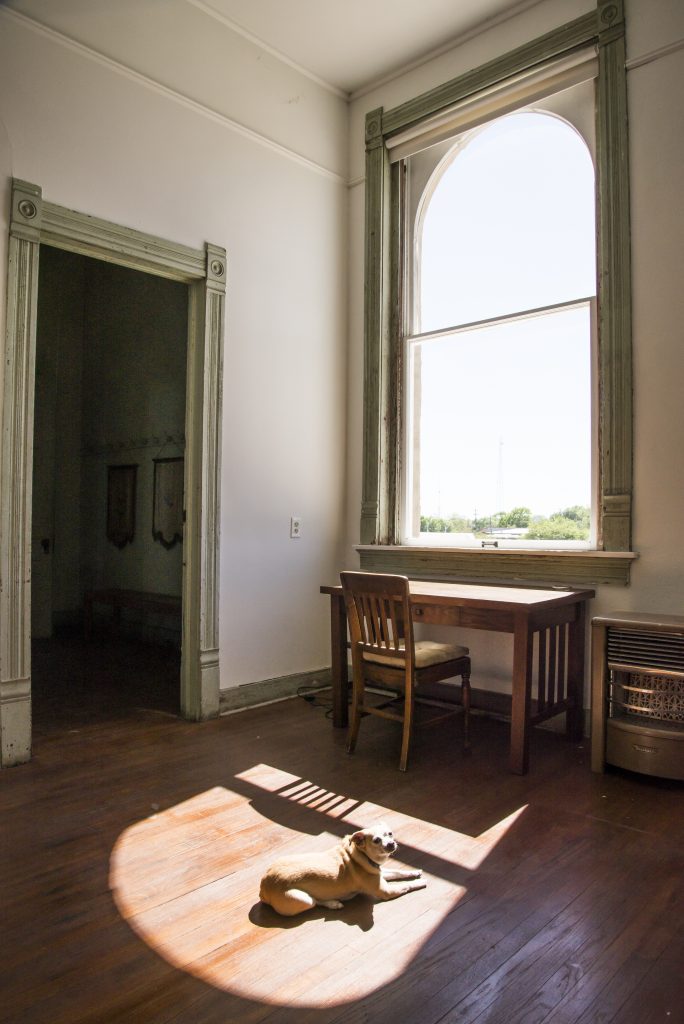
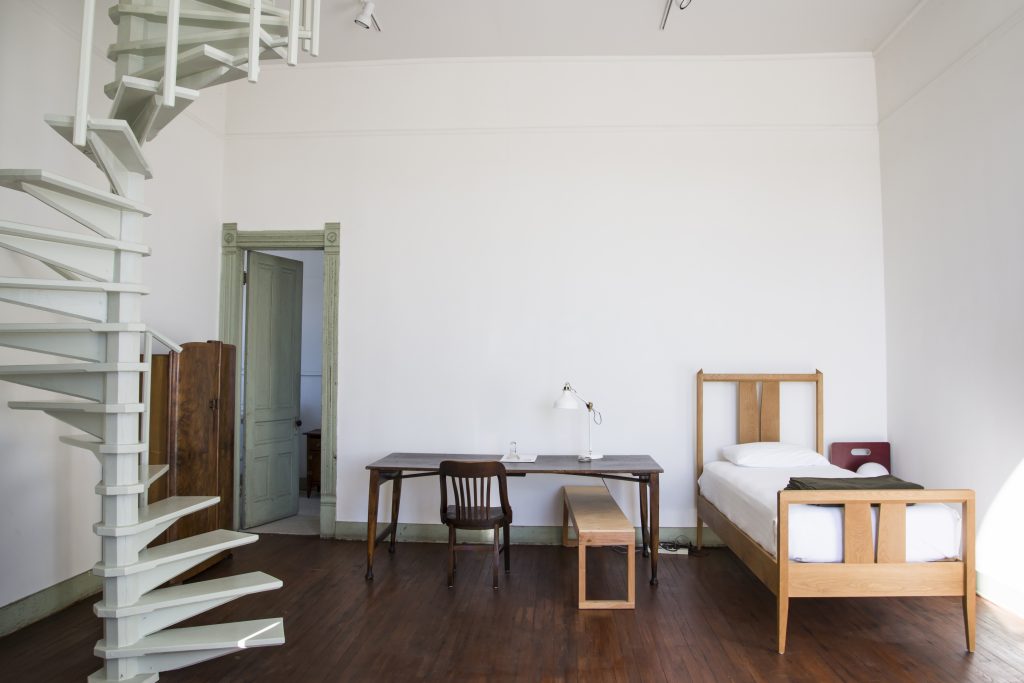
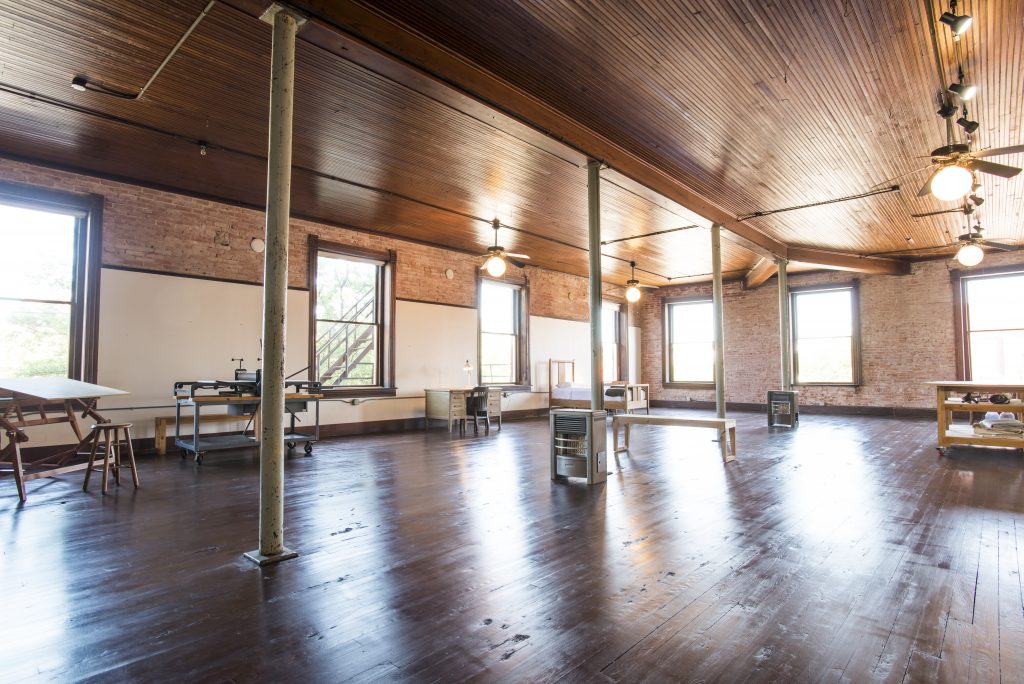
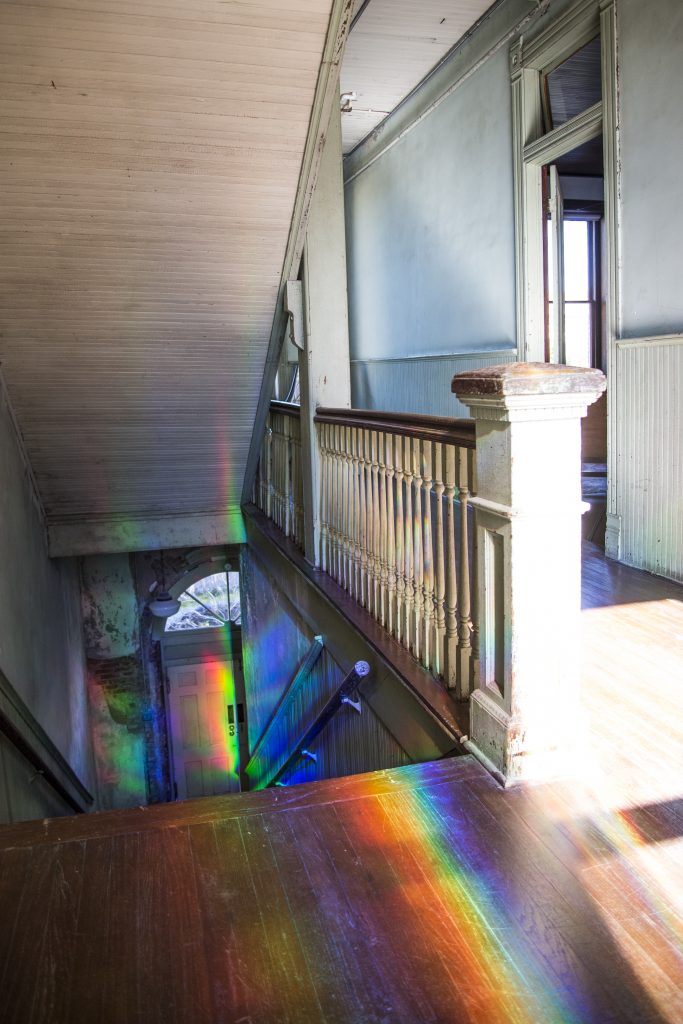


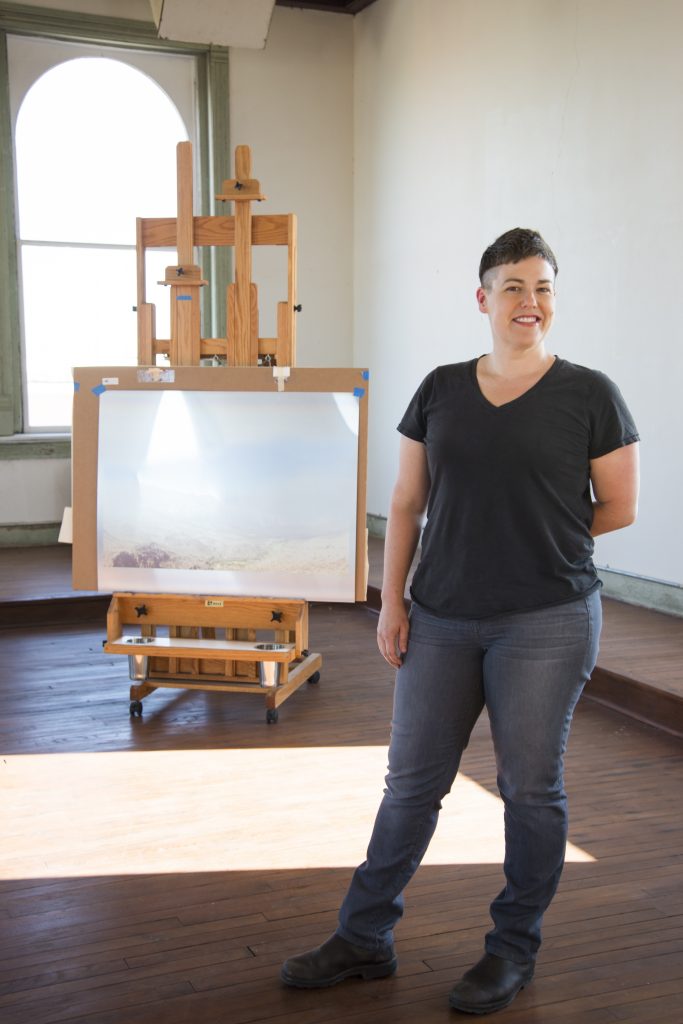
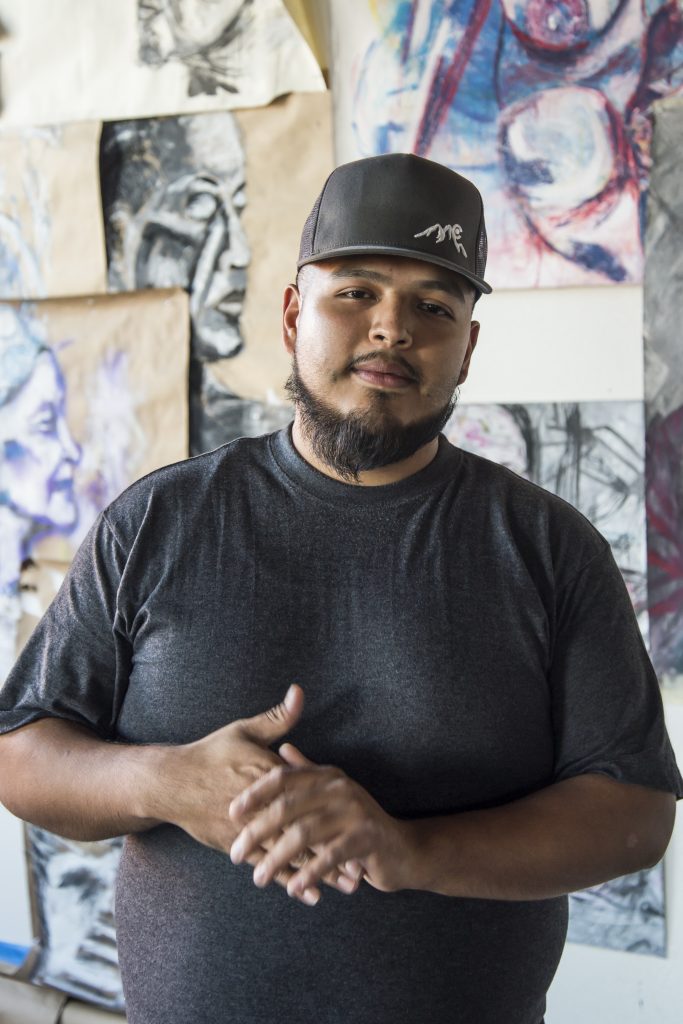


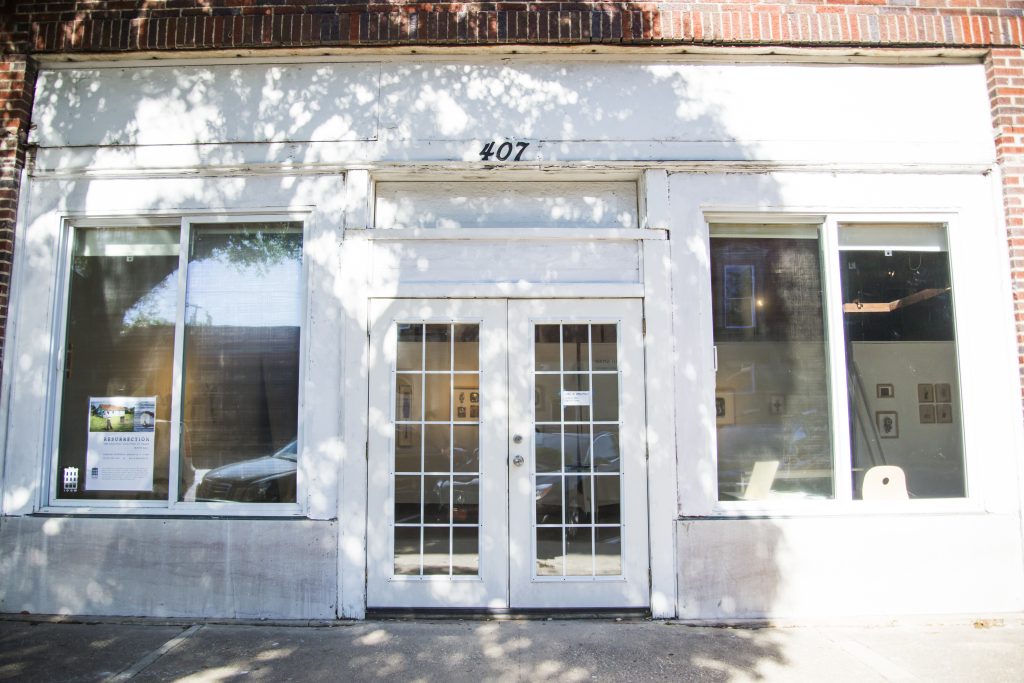

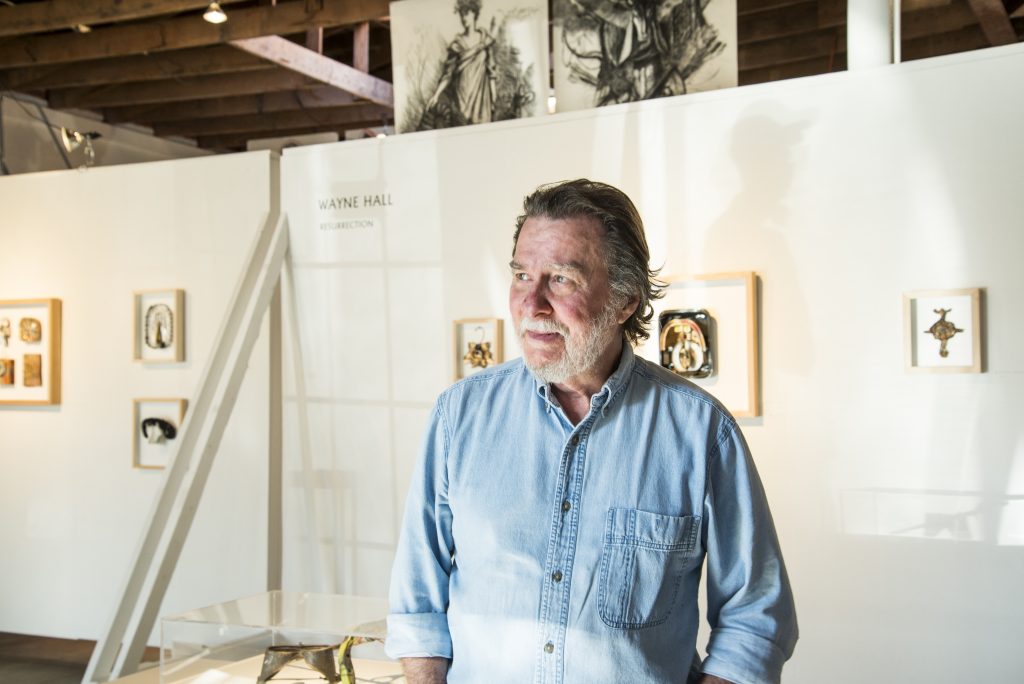
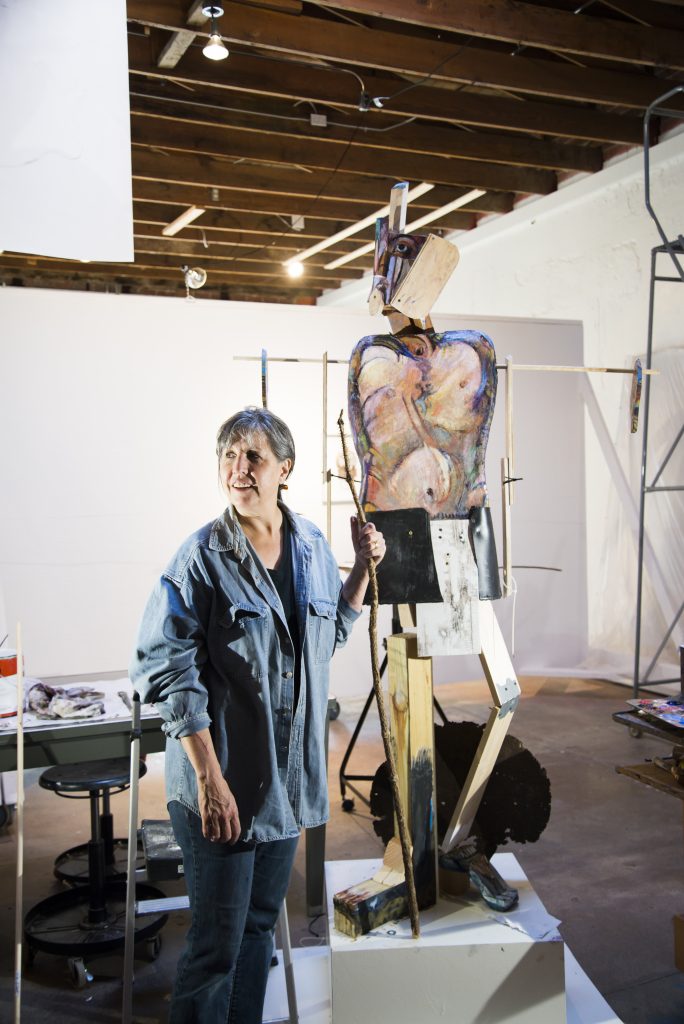
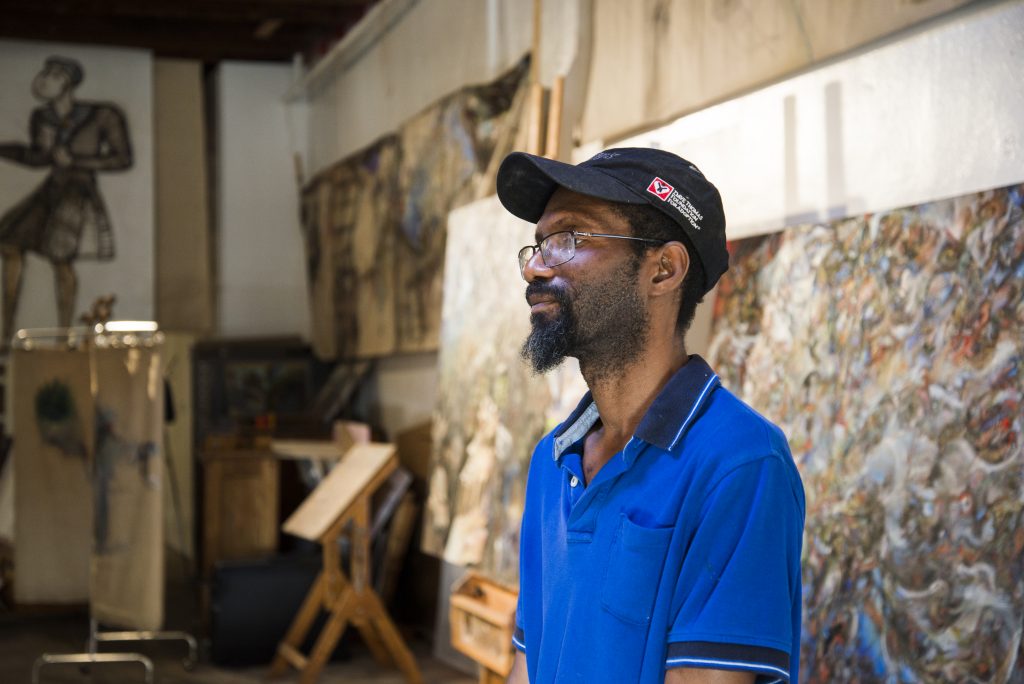

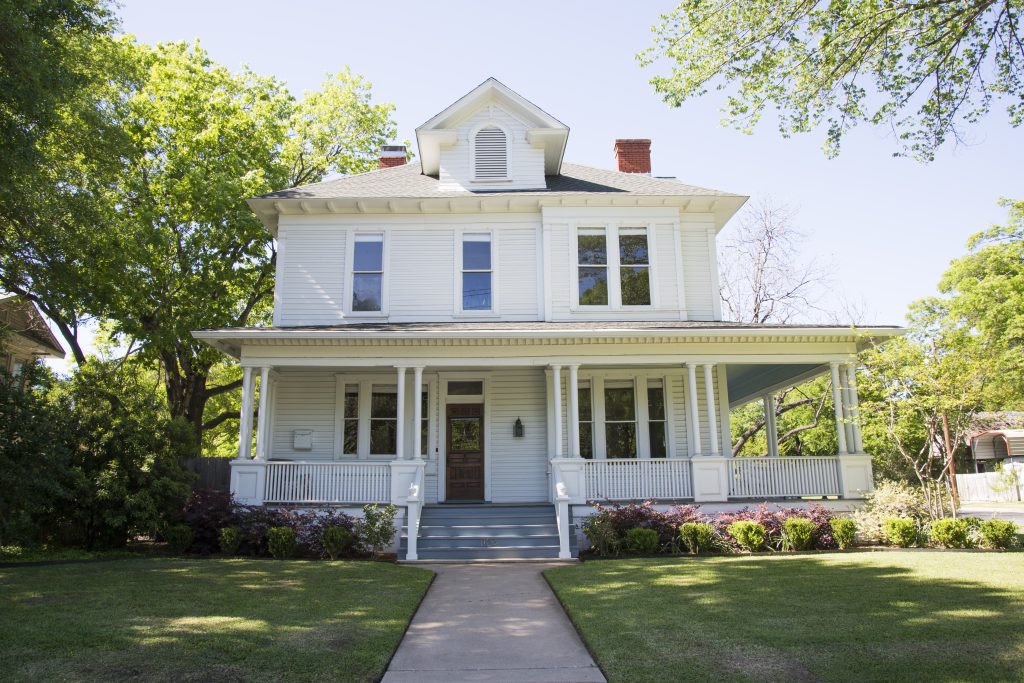
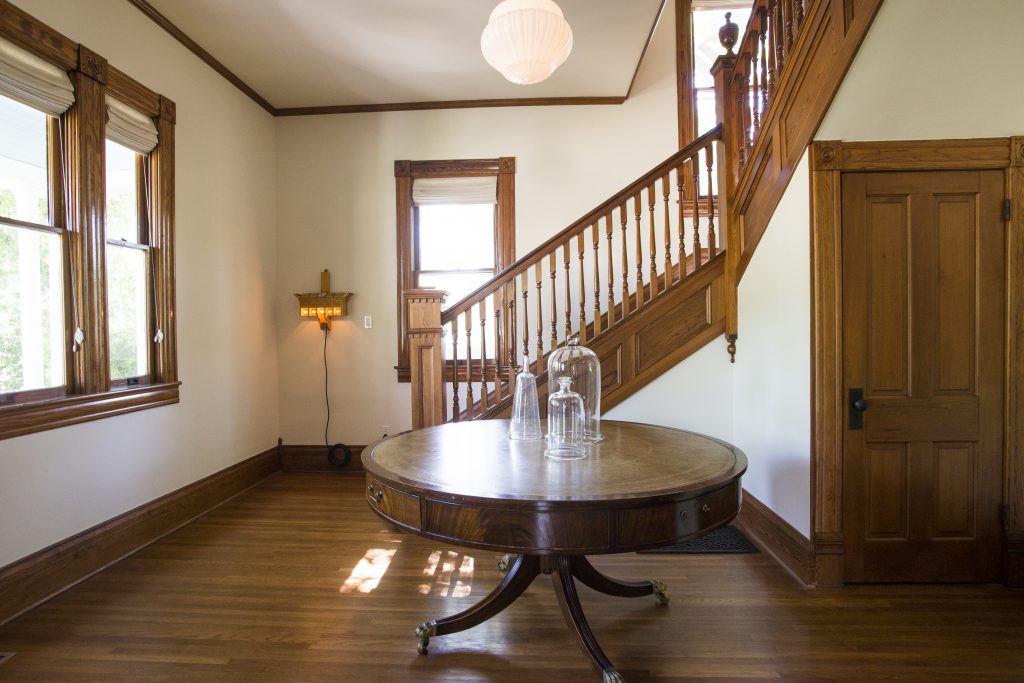
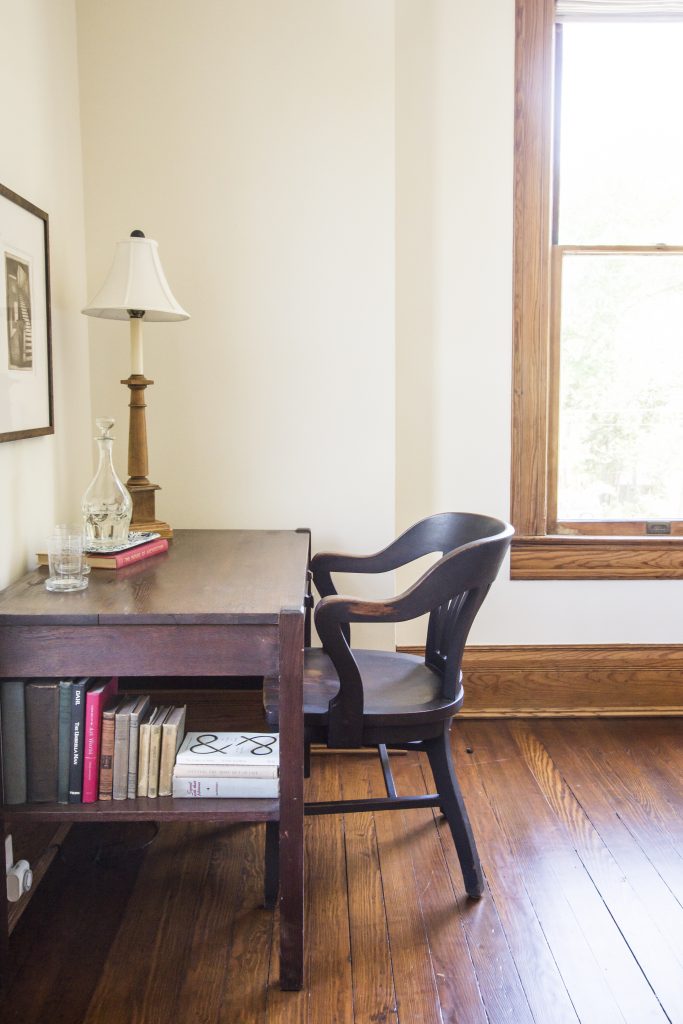

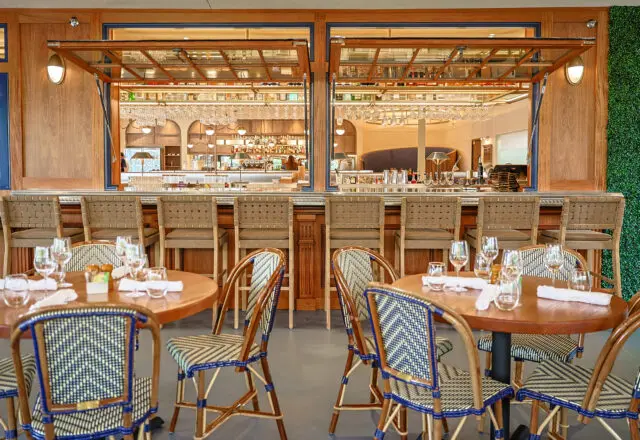
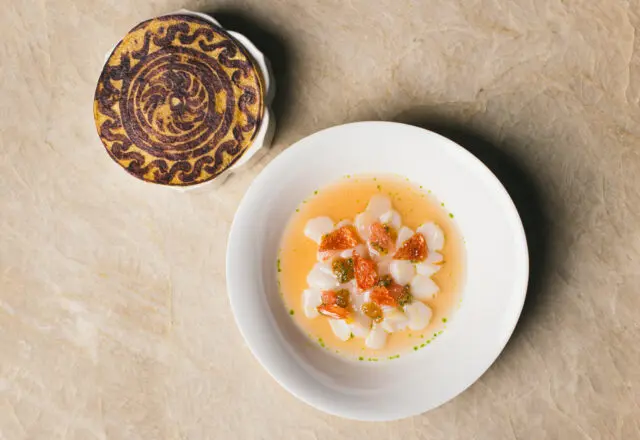




_md.jpg)


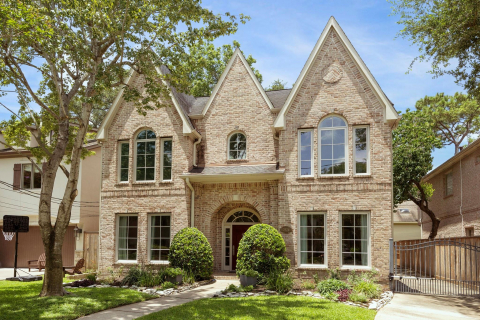

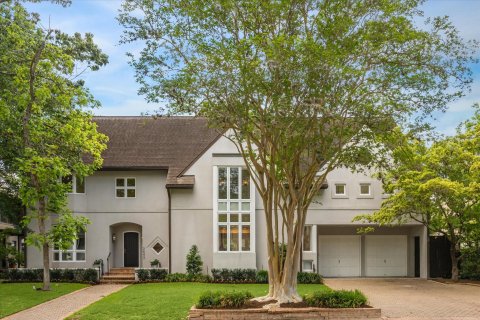

_md.jpeg)





